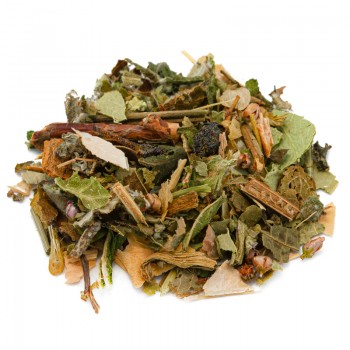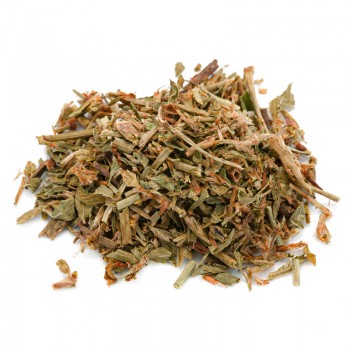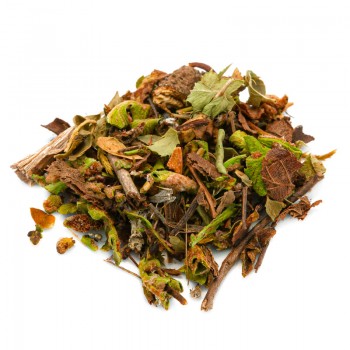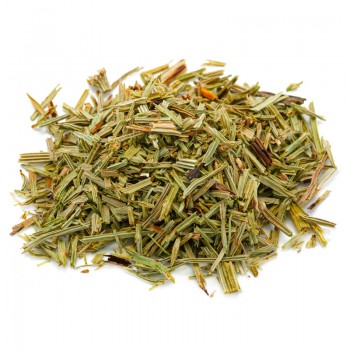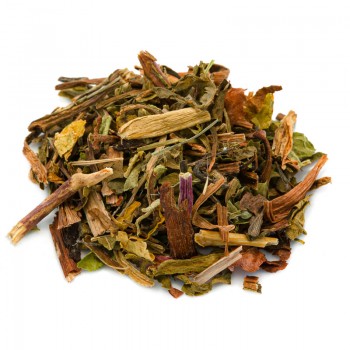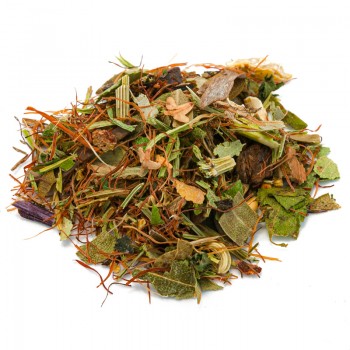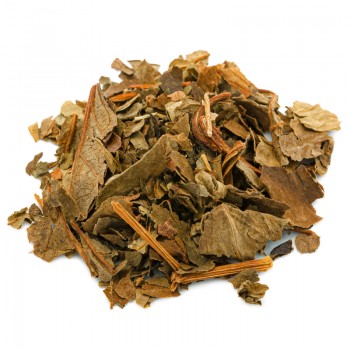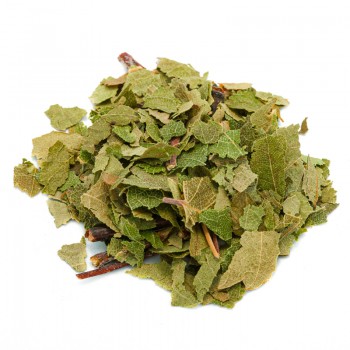The pilosella is a plant known for its diuretic properties, and is considered a precious remedy for draining and purifying the body. Among the diuretic herbal teas , it is recommended to treat swelling of the legs and ankles and as a useful infusion to counteract water retention and cellulite. As a rule, the aerial parts of the plant are used for the infusion of pilosella, the herb in herbal tea cut.
Pilosella: properties and benefits
The pilosella shows different diuretic and draining characteristics, thanks to the presence of flavonoids . These are antioxidants that make pilosella grass an excellent treatment in case of water retention, swelling of the lower limbs and the onset of lympho-vascular edema. The draining effect is also excellent for fighting cellulite, improving outflow of liquids and toxins, and stimulating lymphatic and blood circulation.
Among the diuretic herbal teas , that of pilosella herb considerably increases the volume of the excreted urine. In this way, it promotes the purification of the organism, freeing it from toxins and the effects of a diet that is too loaded with animal fats and proteins. This effect is beneficial, in fact, in case of hypertension and high azotemia. The pilosella favors the purification of the blood, and for this reason it is used by those who want to help the treatment of uric stones. It can also facilitate the work of the liver, stimulating the secretion of bile and its outflow with a cholagogue action.
Because of this, the detox properties of pilosella herb are extensive, also affecting the liver.
Its purifying and contrasting properties against the proliferation of bacteria are important in case of inflammation of the urinary tract. Its antimicrobial activity due to polyphenolic compounds, in fact, is beneficial in case of cystitis, urethritis and irritation of the genitourinary tract.
This property on the urinary tract is due to a hydroxycoumarin substance, umbelliferone, and to some flavonoids and triterpenes that help the body react when attacked by bacteria that cause urinary tract infections and inflammation.
The pilosella performs a protection for the mucosa of the bladder and a support for the repair of the urinary tract tissues, in addition to the fact that pathogens are expelled easily thanks to its diuretic action. The plant also has spasmolytic effects, to calm abdominal pain, and diaphoretic - it increases sweating, favoring the elimination of toxins. The aerial part of the pilosella is also historically considered beneficial in the treatment of respiratory problems such as asthma, bronchitis, cough and whooping cough.
It relaxes the muscles of the bronchi, calms the cough and reduces the production of phlegm. In the past it was also used as a natural anti-inflammatory for rheumatism. The presence of astringent tannins helps the tissues in the healing of internal and external injuries. These compounds, in fact, have the ability to bind collagen fibers to the skin, giving them better resistance to heat and abrasion. For this reason, the pilosella also has a calming and astringent function on the skin which can be useful externally in case of acne and skin irritations.
Origins and History of cultivation
Pilosella, known botanically as Hieracium pilosella, is a species of flowering plant native to Europe, Western Asia and Northern Asia. It is called pilosella or pilosetta, because the whole plant, except the flowering parts, is covered with white bristles (down) - sometimes reddish when they grow on the stems. Its name, in fact, refers to the term pilus, which in Latin means hairy. Although it is now widely used in herbal treatments, in many parts of Europe it has traditionally been used as a medicine. It was known for its ability to combat lung diseases, asthma, coughing states and bronchial congestion. Even today, pilosella grass is collected and used by herbalists for its medicinal properties, which have proved to be more of a diuretic and draining. A curiosity: the Latin botanical name hieracium derives from hierax which means sparrow hawk. In fact, according to popular legend, this bird of prey makes its eyesight sharper by feeding on this plant. Other popular names are mouse ear grass, molinara grass, or cat's tongue due to the shape of the leaves.
Plant and flowers
Pilosella officinarum, (synonym of Hieracium pilosella) is a kind of flowering plantking of the Asteraceae family. The herbaceous plant is perennial, sprawling, and grows between 15-30 cm in height. It grows easily in many places, from pine and oak forests to mountain pastures, in meadows, on banks and along rivers, on walls, along roadsides, in fallow fields, in agricultural areas and so on. It prefers sandy and not very fertile soils. The stems are erect, leafless, unbranched and have sticky or woolly hairs. It produces single, lemon-yellow inflorescences. It is part of a complex of species of several subspecies and hundreds of varieties and forms. It is an allelopathic plant, which means that it can cause an adverse reaction in other plants, bacteria, fungi and organisms living in the soil.
Nutritional values of pilosella
The active components of the herb in the herbal tea cut of the plant, most useful for our well-being are the flavonoids, the umbelliferone molecule (a compound similar to coumarin), phytosterols and triterpenoids. In addition, the pilosella contains tannins, resins and mucilages.
How to use the leaves of the pilosella in the herbal tea
The infusion of pilosella is obtained by inserting in a cup (250 ml), about 3-5 grams of the herbal tea cut, with water at 100 ° C. Leave to infuse for 5-8 minutes, before drinking the herbal tea. Add honey or sugar if desired.
Pilosella: side effects and contraindications
Usually the extracts of this plant are tolerated without major side effects. In some cases, however, sensitivity reactions may occur which may include skin reactions. Among the side effects related to the intake of pilosella, there is the possible reduction of blood pressure up to hypotension, with phenomena of weakness, dizziness, tachycardia and breathlessness. Having properties that act on the digestive system and the genitourinary tract, pilosella can cause diarrhea. It is good to respect the recommended doses . Do not use pilosella during pregnancy and breastfeeding.

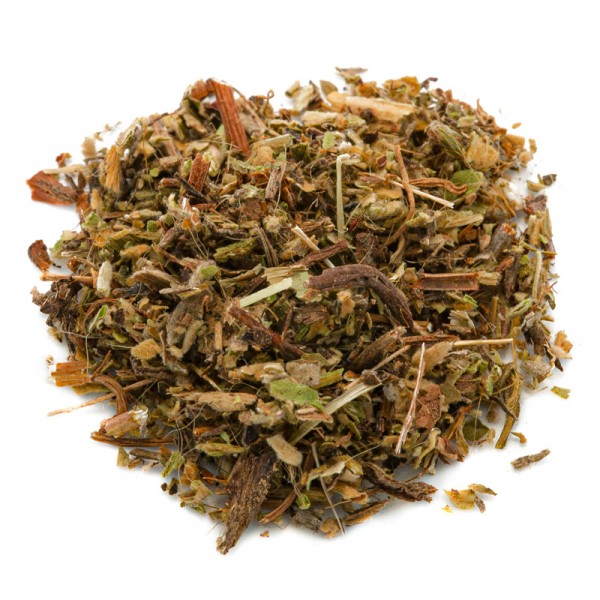









 No reward points for this product.
No reward points for this product.
